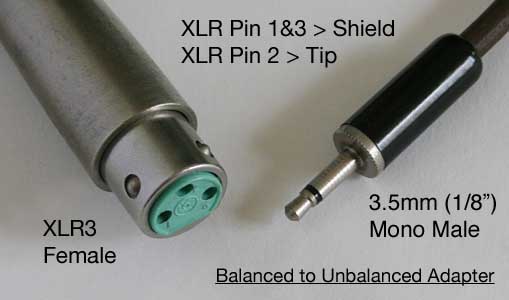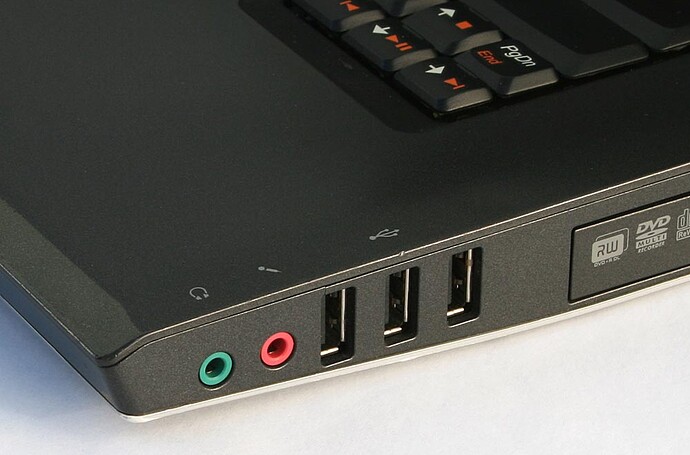(the “phantom” voltage)
That’s the polarizing voltage. Phantom has to do with the voltage delivery method.
causing fluctuations that are detected as tiny currents by the sound device, in this case the sound card.
That’s greatly simplified, but condenser elements create variations in voltage, not current. They work by voltage variation as the spacing between the plates vary. This signal has no horsepower at all and will not go down a cable or do any useful work – like the static charge on your comb – so there has to be an amplifier in there somewhere.
Electret Condenser Microphones have a permanent static charge on very tiny plates inside the microphone head. The signal is very delicate with no horsepower. You send computer 5 volts up the “ring” connection to run a tiny amplifier which then jams the beefier sound signal down the Tip connection. That’s not phantom power because there are dedicated wires to do everything.
Scene shifts to a “grown up” condenser microphone like the AKG 414.
http://www.sweetwater.com/store/detail/C414XLII/
That one uses a three-wire XLR cable.

This one uses real 48 volt phantom power. The mixer or recorder sends 48 volts up the cable to run the microphone (and the condenser plates) using all three wires but the microphone sends the show down only two using the third as a passive shield. Each is a phantom to the other. The 48 volt system can’t see the sound and the sound system can’t see the 48 volts even though they’re using the same wires. The sound goes down differentially between 2 and 3 and the 48 volts comes up single ended on 2 and 3 versus 1.
Scene shifts to an SM58 or other dynamic microphone.
http://www.sweetwater.com/store/detail/SM58/
Theory has it you can plug a plain, passive SM58 into a 48 volt phantom sound system with no problems or damage, but I probably wouldn’t because if someone disconnects or changes the microphone with everything running, there could be a brief time during the plugging or unplugging when the 48 volts is applied to the wrong place causing damage.
The 5 volts on the ring of the “computer microphone” connector isn’t pure, robust 5 volts from the power system inside the computer. It’s buffered and protected so you could connect it to ground or other wires without causing a fire, but if you cross it with the sound wires, you can create a very powerful crack or pop sound in the system. You do not want to be in your high quality headphones or standing in front of the speakers during those events. You may be Rock Concert Deaf for a while after that.
A dynamic microphone uses a floating sound element inside the metal covering connected to pins 2 and 3. Full stop. There is usually no connection between the sound element and the outer shield. In order to hear this microphone in a computer system, you have to connect (conventionally) pin 2 to the tip of the 1/8" and pin 3 to the shield. The ring connection isn’t used at all.
That’s how this is wired.

This series of adapter has been working for decades, originally with unbalance news gathering tape machines.
You can mess this up and it will still seem to work, just not as well. There is a very common series of adapter that just goes 2-tip, 3-ring and 1-shield. This is an extraordinarily bad idea because it pushes the dynamic sound element up to 5 volts (both wires) and puts 5 volts on the tip connection and into the sound card. It also fails to provide a ground for the sound element to work against leading to a greatly degraded signal, but it will probably still work a little. It probably would have been better if it just failed rather than limping along.
Koz







